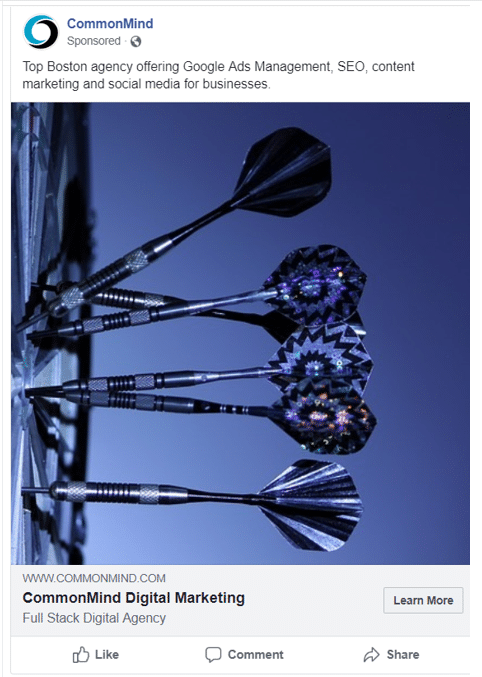Google Declared a Monopoly - What You Need to Know
Google is a monopoly. That's the conclusion of a monumental court case – United States of America v. Google LLC - that culminated on August 5, 2024.
There are three key elements of this case that are of particular importance to advertisers, including a key area in which the plaintiff's arguments were rejected by the judge, ruling in Google's favor on that point.
Google Search is a monopoly
Judge Amit Mehta ruled that Google used monopoly power to exclude competitors from the general search engine market.
A prominent example is Google's arrangement with Apple. In the late 2010s, Apple started the development of its own search engine to compete with Google.
Google put a stop to this by bribing Apple not to create a competitive product. They offered Apple a lucrative deal: if Apple would forgo development of its own search engine, and instead make Google the default search engine on Apple products, Google would give Apple a sizable share of search advertising revenue generated on Apple devices.
Apple accepted the deal because it was (and is) highly lucrative and easier than developing and taking on the risk of developing a new product.
Google has negotiated similar arrangements with other potential competitors, thus preventing a competitive market for search engines to emerge.
As a result, Judge Mehta ruled that Google prevents competitors from entering the general search market in order to maintain its monopoly and thus Google violated the Sherman Antitrust Act.
Google's search ads business is not a monopoly
Although the Google search engine is a monopoly, Judge Mehta ruled that Google's search ads business isn't a monopoly.
The primary reason for this ruling is that Google competes with Amazon, Walmart and others for search ad revenue. Amazon, for example, offers product listing ads (PLAs) which are shown when a user enters a query into the Amazon search bar. Amazon's PLA ads compete with Google's shopping ads for the same ad dollars from a large overlap of advertisers.
In his ruling, Judge Mehta cited evidence from Dr. Michael Whinston, a professor of management and applied economics at MIT, who estimated Amazon's search ads market share to be 19%.
Google has monopoly power in the general search text ads market
Whereas Judge Mehta's ruling found that Google doesn't have monopoly power in the search ads business as a whole, the judge found that Google does have monopoly power in the general search text ads business.
What is the difference between Google's search ads business and its search text ads business? The search ads business as a whole includes both text ads and shopping ads, also referred to as product listing ads (PLAs).
Shopping ads and PLAs are exclusively used by retailers selling tangible products, whereas text ads are utilized by a much wider range of businesses, including service based businesses.
Retailers have alternatives, namely Amazon, for search based advertising. However, non-retailers are locked into Google if they want to advertise in search results.
According to Judge Mehta's ruling, "over 92% of Google's advertisers only purchase text ads, while a mere 5.5% of Google's advertisers purchase both [text ads and PLAs]."
Particularly damning to Google's claim that it isn't a monopoly in the search text ads business, was evidence presented in the case that showed "Google has tested whether it can profitably raise its text ads prices by 5% or more without losing substantial advertisers, and the results have been largely consistent–it can."
Further, "in 2020, [Google's] market share in the text ads market was 88%, having grown steadily from 80% in 2016." Multiple advertisers testified in the case that they allocate ad spend by "90% of spend on Google vs. 10% on Bing," thus confirming this market share calculation.
Particularly noteworthy in the ruling is Judge Mehta's finding that "Google does not consider competitors' pricing when it sets text ads pricing." Quoting the Microsoft antitrust case from 1998-99, he wrote "that is 'something a firm without a monopoly would have been unable to do.'"
Closing thoughts
United States of America v. Google LLC confirms what most of us, I dare say all of us in the advertising industry, already knew: Google is a monopoly in at least two important ways:
First, it has used anti-competitive means to prevent competition in the search engine space, limiting choices for consumers.
Second, it has a stranglehold on the search text ads marketplace, and can set prices arbitrarily without needing to even consider competitors, since there aren't any meaningful competitors in this space.
In the overall search ads marketplace, which includes both text ads and shopping ads, Google isn't a monopoly due to alternatives such as Amazon for shopping (PLA) ads.
The ruling is a refreshing confirmation of the feelings consumers have in terms of lack of choice when choosing a search engine, and the economic pressures advertisers (along with agencies that advertise on their behalf) feel when advertising in search results.
For further information, especially on the first count of Google's monopoly power in the search engine space, I recommend Matt Stoller's article on the ruling and Matt's interview with Glenn Greenwald. For more information on Google's monopoly powers within search advertising, I found reading Judge Mehta's ruling to be the most useful.
Share this
You May Also Like
These Related Stories

How to Advertise on Google Maps with Local Search Ads
Shopping Campaign Now Available on Search Partner Sites
